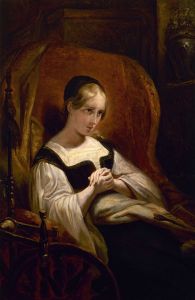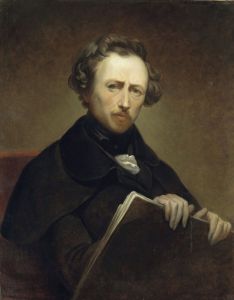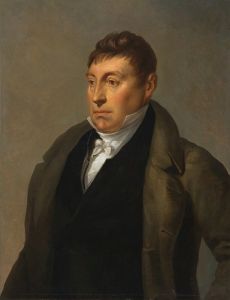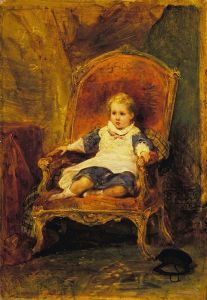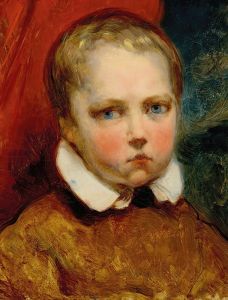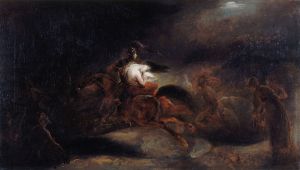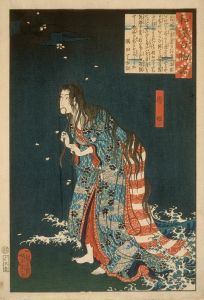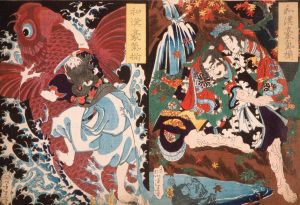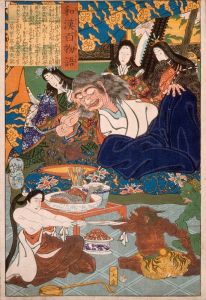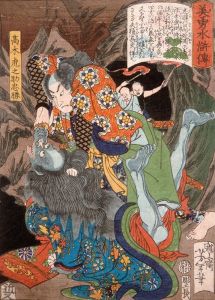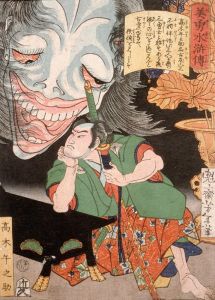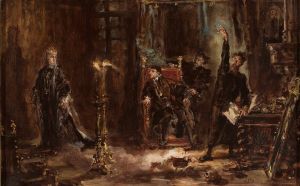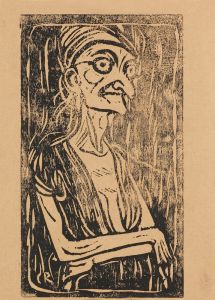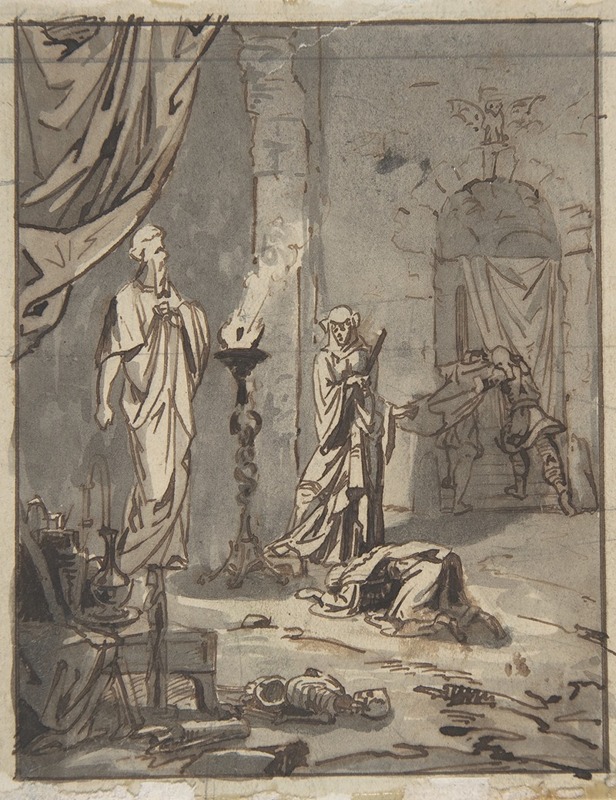
Witch of Endor
A hand-painted replica of Ary Scheffer’s masterpiece Witch of Endor, meticulously crafted by professional artists to capture the true essence of the original. Each piece is created with museum-quality canvas and rare mineral pigments, carefully painted by experienced artists with delicate brushstrokes and rich, layered colors to perfectly recreate the texture of the original artwork. Unlike machine-printed reproductions, this hand-painted version brings the painting to life, infused with the artist’s emotions and skill in every stroke. Whether for personal collection or home decoration, it instantly elevates the artistic atmosphere of any space.
Ary Scheffer's painting "Witch of Endor" is an intriguing work that draws on a biblical narrative from the Old Testament. Ary Scheffer, a prominent 19th-century Dutch-French Romantic painter, is known for his emotionally charged and often religious-themed works. "Witch of Endor" is one such painting that reflects his interest in biblical stories and the human emotions intertwined with them.
The painting depicts the story from the First Book of Samuel, Chapter 28, where King Saul seeks the counsel of the Witch of Endor. In the biblical account, Saul, the first king of Israel, is desperate for guidance as he faces an impending battle against the Philistines. Having previously expelled all mediums and spiritists from the land, Saul finds himself in a predicament when God does not answer his prayers through prophets or dreams. In his desperation, he disguises himself and visits the Witch of Endor, asking her to summon the spirit of the deceased prophet Samuel.
Scheffer's interpretation of this scene captures the tension and drama of the moment. The painting likely portrays the witch in the act of summoning Samuel's spirit, with Saul observing the event. The atmosphere is typically dark and moody, characteristic of Scheffer's Romantic style, which often emphasizes emotion and the supernatural. The use of light and shadow in the painting would have been employed to heighten the sense of mystery and foreboding inherent in the story.
Ary Scheffer was born in Dordrecht, Netherlands, in 1795 and later moved to Paris, where he became an influential figure in the Romantic movement. His works often explored themes of love, faith, and human struggle, and he was known for his ability to convey deep emotion through his art. Scheffer's interest in literature and history is evident in his choice of subjects, and "Witch of Endor" fits well within his oeuvre of works that delve into the complexities of human experience and spirituality.
While specific details about the creation and exhibition history of "Witch of Endor" are not widely documented, Scheffer's works were generally well-received in his time, and he enjoyed the patronage of notable figures, including King Louis-Philippe of France. His paintings were exhibited in the Salon, the official art exhibition of the Académie des Beaux-Arts in Paris, which was a significant platform for artists of the period.
Scheffer's legacy as a painter is marked by his ability to blend narrative depth with emotional intensity, and "Witch of Endor" is a testament to his skill in bringing biblical stories to life. The painting remains an example of 19th-century Romantic art's fascination with the mystical and the moral questions posed by historical and religious texts.
In summary, Ary Scheffer's "Witch of Endor" is a work that encapsulates the Romantic era's interest in emotion, spirituality, and the supernatural, drawing from a well-known biblical story to explore themes of desperation, faith, and the human condition.





